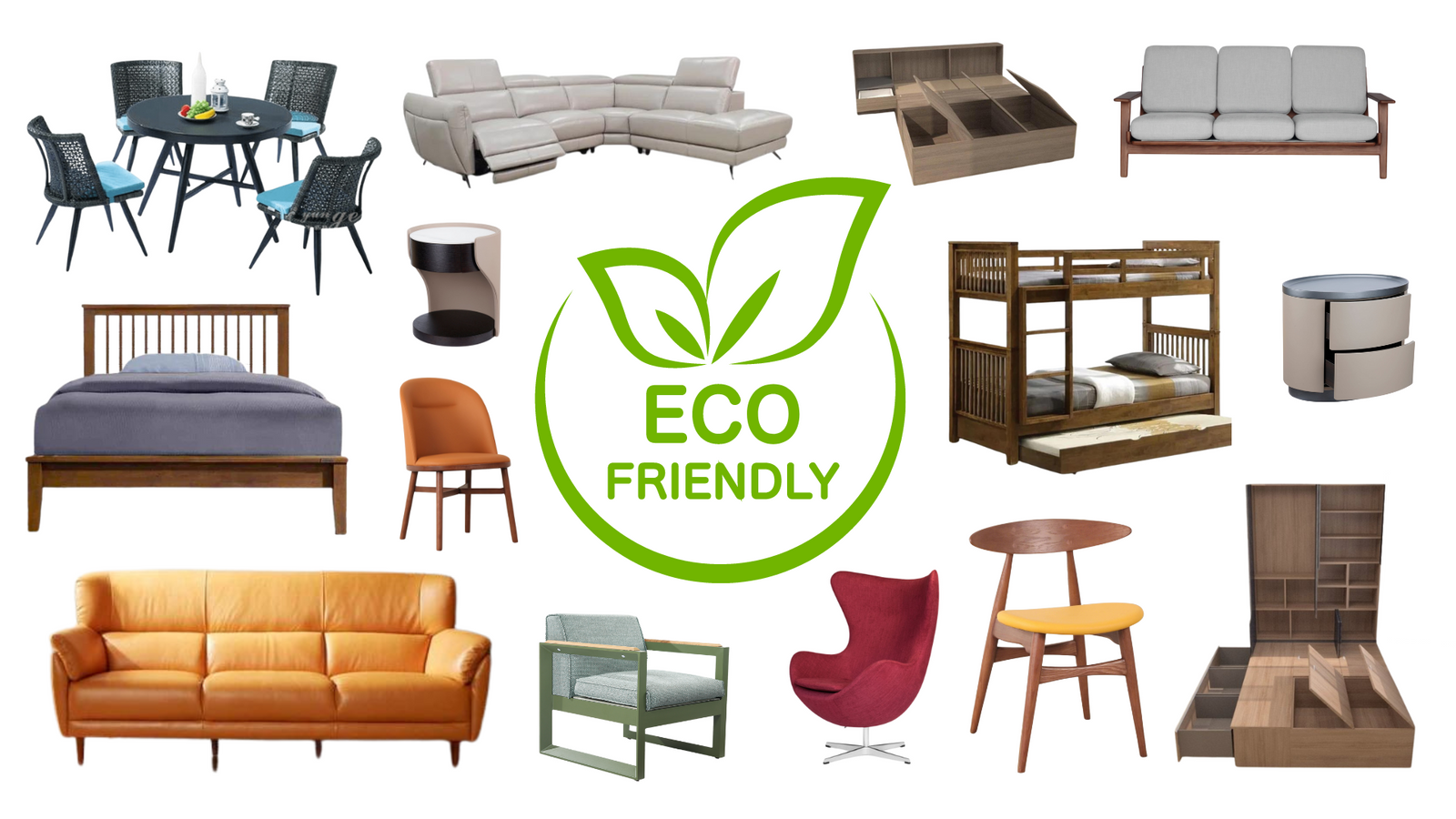At Picket&Rail, we use rubber for protection, to protect the environment. Rubber wood, part of the maple family, is taken from a tree named Hevea Brasiliensis. Yes, if you caught the “Brazil” in that, you might probably have guessed that it was from there that the tree was first brought to our side of the globe. It is also known as “parawood” or "Malaysian Oak" in some regions.
What’s in a name? Rubber wood by any other name would be as outstanding.
Contrary to the plant’s more popularly known use as latex, this kind of wood is far from stretchable or soft. In fact, this hardwood is more akin to the qualities of such as oak, teak and rosewood in terms of hardness and strength. Those who cannot afford or appreciate the traditionally acclaimed hardwoods often turn to this phenomenal wood. With amazing unique qualities of its own, many don’t even consider it a substitute, but a prime choice. It is highly in demand today!

Qualities
Hardness & Durability
Did you know that rubber wood is far higher than traditional hardwoods on the strength scale? It is reputed for its ability to retain its extreme quality even after several years, withstanding common daily scratch hazards such as writing, fingernails and contact with kitchen utensils and crockery. This sturdy wood doesn’t even warp or crack as some hardwoods often do!
Cutting Flexibility
Furniture manufacturers love rubber wood for its cutting versatility. Its flexibility allows for it to be easily worked into interesting shapes and designs! Quality and compliance makes for furniture with personality.
Look & Feel
Light-colored with moderate grain and eyes, rubber wood is similar to oak, but smoother. Running your hand over a piece of unfinished rubber wood furniture would attest to its natural smoothness. You will feel the character of the grain without the menace of splinters. The natural light undertones retain stain color very well while paint loves the smoothness.
Environmental Benefits
Rubber wood’s greatest quality remains its being the most environmentally friendly of solid woods. The plant, as we more commonly know, is used to produce latex sap in plantations for a short lifespan of about 30 years. After the economic life of the rubber tree, which is generally 26-30 years, the latex yields become extremely low and the planters then fall the rubber trees and plant new ones.
Rubber wood is used only after it completes its latex producing cycle and dies. This wood is therefore eco-friendly in the sense that we are now using what was originally going as waste. This also means that essentially, rubber wood can be produced in perpetuity, with more wood yielded from one area in a shorter time, not endangering any virgin forests!

History Of Rubberwood
Rubberwood, also known as Hevea brasiliensis, is originally a type of wood that comes from the rubber tree. This is native to the Amazon rainforest in Brazil. In the early 19th century, the rubber tree was brought to other parts of the world, including Singapore, to establish rubber plantations. The Singapore Botanic Gardens played a significant role in the introduction of rubber trees to Southeast Asia, as it served as a testing ground for various rubber varieties.
The rubber industry in Southeast Asia boomed in the late 19th century, particularly in Malaysia and Indonesia, where the climate was ideal for rubber cultivation. Rubber production soon became one of the most lucrative industries in the region, and the demand for rubber wood increased as a result.
While rubber wood was initially considered a byproduct of the rubber industry, it eventually became an important raw material for the furniture industry. This was due to the wood's desirable characteristics, such as its durability, density, and attractive grain patterns. The use of rubber wood in the furniture industry also helped reduce waste from the rubber industry.
Furniture Industry
Rubberwood furniture became popular in the 1980s and 1990s, particularly in Europe and North America. Today, rubber wood furniture is widely available. It is considered an environmentally friendly alternative to other types of wood, such as teak and mahogany.
One of the main advantages of rubber wood is that it is a sustainable resource. Unlike other types of wood, rubber wood is harvested from trees that have already served their primary purpose of producing latex. This means that the trees are not cut down specifically for their wood, which helps preserve the environment.
Another advantage of rubber wood is its affordability. Because rubber wood is a byproduct of the rubber industry, it is relatively inexpensive compared to other types of wood. This makes it an attractive option for furniture manufacturers who want to produce high-quality furniture at an affordable price.
In conclusion, the history of rubber wood is closely intertwined with the history of the rubber industry in Southeast Asia. From its origins as a byproduct of rubber production to its current status as a popular material for furniture, rubber wood has played an important role in the economic development of the region. Its sustainability, affordability, and desirable characteristics have made it an attractive option for furniture manufacturers and consumers alike.
Follow our facebook page for the latest news and deals.














